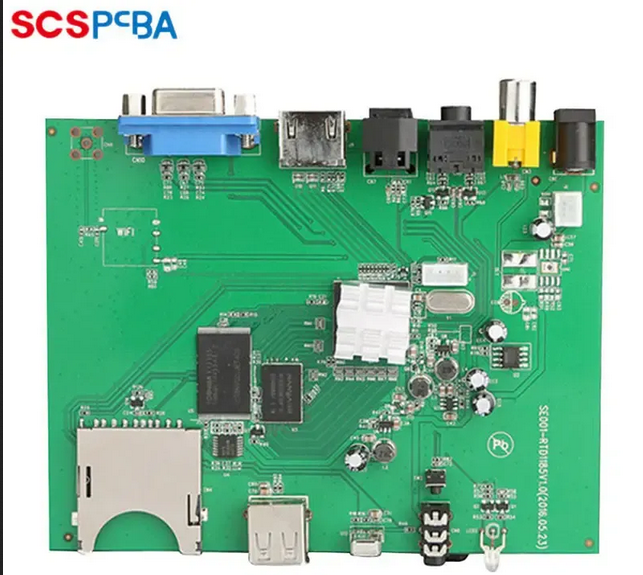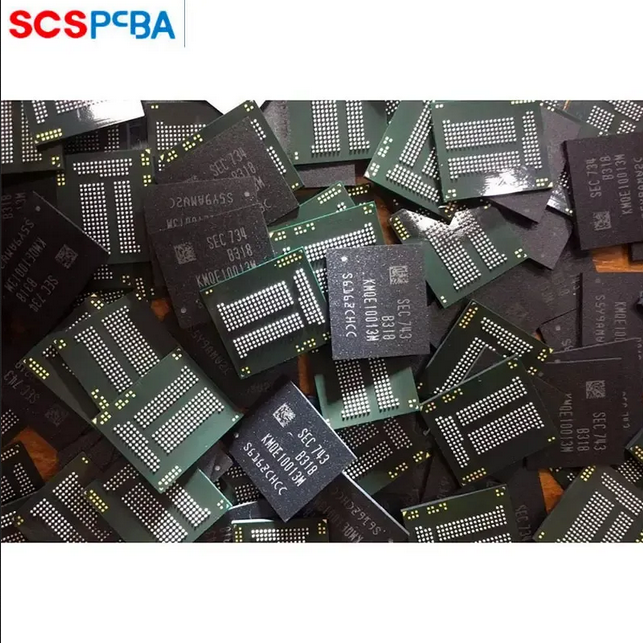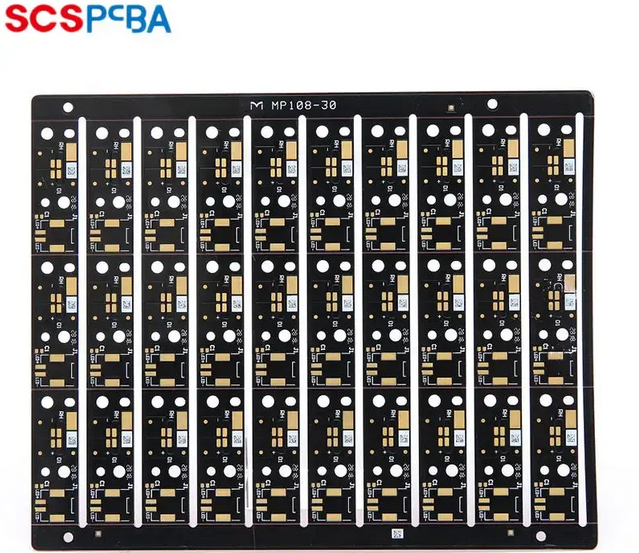An Electronics Pcb Assembly involves carefully integrating various components onto a printed circuit board. The assembly process has become increasingly efficient and automated over the years, but it still faces some challenges.

Challenges and Solutions:
· Component Sourcing and Availability: The availability of required components is one of the primary challenges in PCB assembly. Certain components may become obsolete or experience supply chain disruptions due to rapid technological advancements. Maintaining strong relationships with reliable suppliers and monitoring component availability is crucial to overcoming this obstacle. Considering alternate component options and diversifying the supply chain & Pcb Assembly Equipment can also help mitigate sourcing challenges.

· Design for Manufacturability (DFM): The design of PCBs needs to consider their manufacturability to avoid various assembly issues. Poor component placement, inadequate spacing between components, and inadequate clearances are common problems. Manufacturability principles should be implemented early in the design process to overcome these challenges. Design engineers and manufacturing experts can collaborate to optimize the design for efficient assembly, reducing the likelihood of errors.
· Thermal Management: Heat is generated by electronics during operation, and inadequate thermal management can result in component failures and decreased reliability. The PCB design should incorporate heat dissipation techniques, such as thermal pads, heat sinks, and channels. The assembly process should also include adequate airflow and ventilation. Thermal analysis and testing can help identify potential thermal issues and ensure effective heat management.
· Component Orientation and Placement Accuracy: The incorrect orientation and placement of components can lead to connection issues, short circuits, and malfunctions. Assembly machines automate the process of placing components, but errors can still occur. Automated optical inspection (AOI) and X-ray inspection (AXI) can help detect misplacements and ensure accurate component alignment. Maintaining high placement accuracy requires regular calibration and maintenance of assembly equipment.
· Soldering and Joint Quality: The reliability and functionality of the PCB depend on reliable solder joints. Solder bridges, weak joints, and open circuits can be caused by insufficient soldering. Proper soldering techniques, such as controlled heating and cooling profiles and high-quality solder paste, can help ensure robust solder joints. Inspecting and testing soldering regularly, such as visually and by X-ray, is necessary to identify and correct any defects.
Conclusion:
Assembling electronic PCBs poses many challenges that can adversely affect the final product’s functionality and reliability. Manufacturers can optimize their assembly processes and improve overall product quality by proactively addressing these challenges. A successful strategy for overcoming these challenges involves implementing design for manufacturability principles, implementing proper thermal management techniques, ensuring accurate component placement, and maintaining high soldering standards. Contact the top Pcb Assembly Factory for more details.

Faqs:
Q: How to ensure that PCB components are readily available?
A: Strong relationships with reliable suppliers are essential for ensuring component availability. Consider alternative component options if necessary, and monitor component availability regularly.
Q: Why is design for manufacturability (DFM) important?
A: DFM is the procedure of designing a PCB with manufacturing considerations in mind. The design is optimized for efficient assembly, reducing the likelihood of errors and rework during assembly. Manufacturing processes can be streamlined using DFM, saving time and money.




Comments